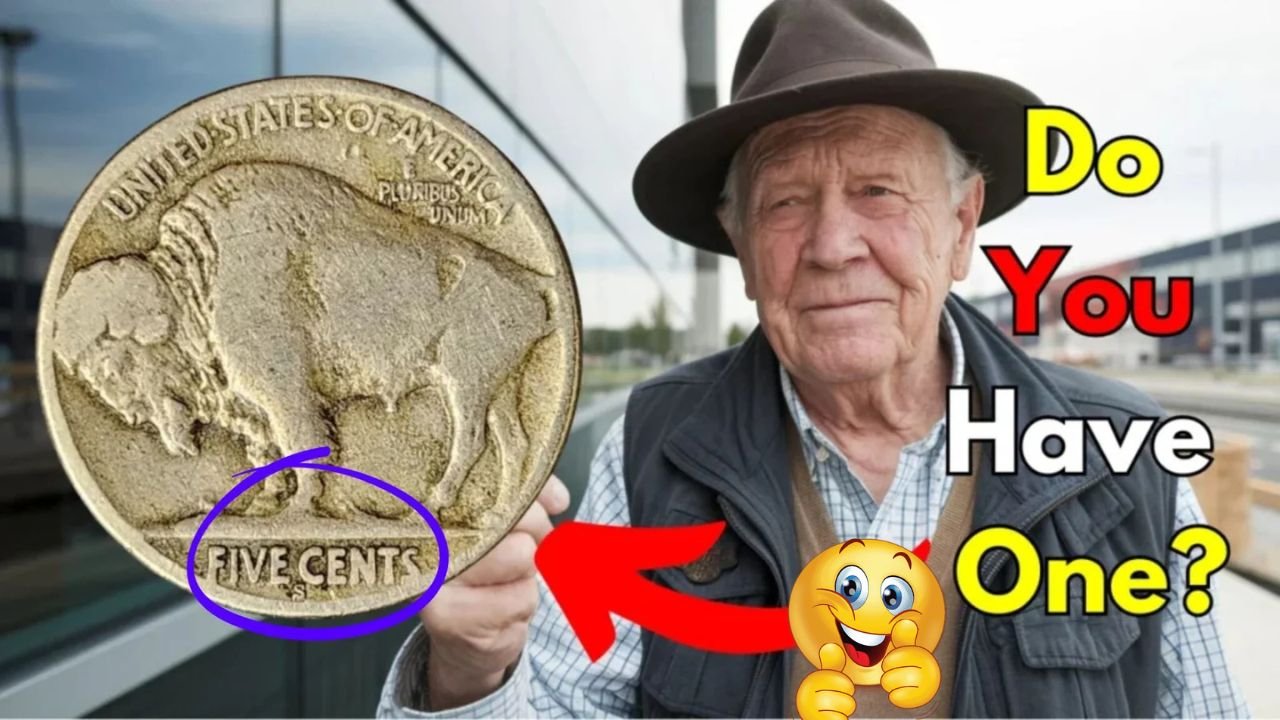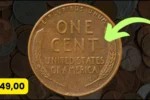How Buffalo Nickel Sparked My Curiosity About American History: It all started on a quiet afternoon when I was rummaging through an old wooden box in my grandfather’s attic. Among yellowed letters and faded photographs, I spotted a small, worn-out coin with a bold buffalo on one side and the profile of a Native American on the other. The words “Five Cents” and “United States of America” were barely visible. That was my first encounter with the Buffalo Nickel, and I had no idea how much it would pull me into the fascinating world of American history.
What Is a Buffalo Nickel?
The Buffalo Nickel, also known as the Indian Head Nickel, was minted in the United States between 1913 and 1938. Designed by sculptor James Earle Fraser, the coin features a proud Native American on one side and an American bison, or buffalo, on the other. This simple piece of metal became a canvas for American heritage and culture. When I held it in my hand, I couldn’t help but wonder about the time it came from and the people who used it.
Discovering the Stories Behind the Coin
As I dug deeper, I found out that the Buffalo Nickel wasn’t just currency—it was a tribute to America’s past. Fraser’s design honored Native American tribes and symbolized the untamed spirit of the Great Plains. I learned that the Native American portrait was actually a blend of features from several real-life tribal leaders. Even the buffalo had a story—it was modeled after “Black Diamond,” a bison living at the Bronx Zoo during that era.
How It Opened a Door to American History
The more I read about the Buffalo Nickel, the more curious I became about early 20th-century America. What was life like in 1913? What challenges did Native Americans face during that time? How did coins like this reflect the changing identity of a nation? Soon, I found myself exploring topics like westward expansion, Native American history, and even the conservation movement that saved the buffalo from extinction.
Comparing Old Coins to Modern Ones
It struck me how different coins from the past feel compared to today’s designs. Old coins seem to carry stories, struggles, and pride. To make it clearer, here’s a small comparison:
| Feature | Buffalo Nickel (1913–1938) | Modern Nickel (Jefferson, 1938–present) |
|---|---|---|
| Obverse Design | Native American head | Thomas Jefferson’s portrait |
| Reverse Design | American Bison (Buffalo) | Monticello (Jefferson’s home) |
| Symbolism | Tribute to Native Americans & wildlife | Focus on Founding Fathers |
| Artistic Style | Bold, rugged, and textured | Clean, minimalistic |
A Newfound Passion for Collecting
That first Buffalo Nickel became the beginning of a small collection. Each coin I added had its own history, and with every new discovery, I felt like I was holding a piece of America’s story. It’s amazing how something so ordinary, like a coin, can connect us to people and events from a century ago.
Why Coins Are More Than Just Money
Coins like the Buffalo Nickel remind us that history isn’t just found in textbooks or museums. It lives in everyday objects passed down through generations. Every scratch and faded detail tells a story of hands that held it, pockets it jingled in, and purchases it made.
Small FAQ About the Buffalo Nickel
What years were Buffalo Nickels made?
They were minted from 1913 to 1938 in the United States.
Why is it called a Buffalo Nickel?
Because of the American Bison (often called a buffalo) featured on the reverse side of the coin.
Are Buffalo Nickels rare today?
Some are common, but certain dates and mint marks are rare and valuable among collectors.
Who designed the Buffalo Nickel?
James Earle Fraser, an American sculptor, created the design.
Can I still find Buffalo Nickels in circulation?
It’s very unlikely as they stopped minting in 1938, but you might spot one in old collections or coin shops.




